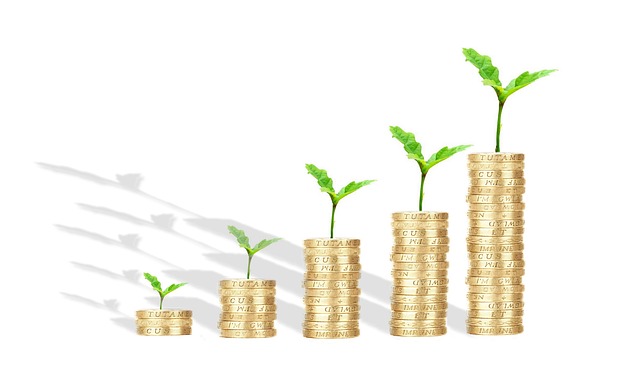Practical Steps to Build an Emergency Fund for Global Earners
Global earners face unique cash-flow and currency challenges when building an emergency fund. This article offers practical steps that balance budgeting, savings, investment choices, taxation considerations and risk management across borders. The guidance emphasizes liquidity, inflation protection and sustainable options while noting how debt and retirement goals interact.

Global earners face unique cash-flow and currency challenges when building an emergency fund. This article offers practical steps that balance budgeting, savings, investment choices, taxation considerations and risk management across borders. The guidance emphasizes liquidity, inflation protection and sustainable options while noting how debt and retirement goals interact.
How should global earners approach budgeting?
A solid emergency fund starts with disciplined budgeting tailored to variable incomes, exchange rates and local living costs. Track recurring expenses in each currency you use, separate essential spending from discretionary items, and set a baseline monthly survival amount. Factor in irregular obligations like visa fees or international schooling. Use percentage-based rules if income varies — for example, aim to save 10–30% of net pay into the emergency fund when feasible — and adjust allocations during months with higher earnings to smooth out lean periods.
What are practical savings targets?
Savings targets should reflect personal risk tolerance, family size and job stability across borders. Common guidance suggests three to six months of essential expenses, but global earners with variable income or remote contracts may prefer six to twelve months. Include recurring cross-border costs and potential relocation expenses. Align the fund with near-term goals such as retirement planning and debt repayment: if high-interest debt exists, prioritize an initial buffer of one to three months while allocating additional savings to reduce expensive obligations.
How can investment and diversification fit?
Prioritize liquidity and capital preservation for an emergency fund, but consider diversification for portions beyond the core buffer. Keep the primary emergency reserve in low-risk, easily accessible accounts; beyond that, allocate excess savings into short-term investment vehicles that balance modest returns with low volatility. Diversification across currencies and instruments can reduce exchange-rate risk, but avoid tying the core fund to volatile assets. Ensure investments complement long-term retirement plans rather than replacing the liquid emergency buffer needed for immediate shocks.
How to manage debt and taxation risks?
Debt and taxation influence how quickly an emergency fund should grow. High-interest debt increases financial fragility, so balance fund-building with debt reduction: maintain a small liquid buffer while aggressively reducing costly liabilities. For cross-border tax issues, understand local withholding, reporting and residency rules that may affect net income or access to accounts. Tax-efficient accounts can support savings, but do not lock emergency liquidity into tax-advantaged vehicles if early withdrawal penalties or complex reporting will hinder access.
How much liquidity and inflation protection is needed?
Liquidity is the primary goal of an emergency fund: funds should be accessible within days without material loss. Use high-yield savings, money market accounts or short-term deposits that offer quick access and beat inflation where possible. Inflation erodes purchasing power, so periodically review the fund’s value in real terms and top up when necessary. Maintain a small portion in stable, interest-bearing instruments to offset inflation while keeping the majority in instant-access formats to preserve the fund’s purpose.
What about cryptocurrency and sustainability considerations?
Cryptocurrency can offer diversification but its volatility limits suitability for core emergency reserves. If you hold crypto, keep only a modest, well-understood portion outside the liquid emergency fund and be mindful of custody, taxation and convertibility in crisis scenarios. Sustainability choices—such as banking with institutions that follow environmental, social and governance principles—can align the fund with personal values, but ensure those providers offer the required liquidity and coverage across jurisdictions. Always evaluate risk, counterparty exposure and local protections.
Conclusion Building an emergency fund as a global earner requires careful budgeting, clear savings targets and a priority on liquidity. Integrate debt management and retirement planning while considering taxation and currency risk. Use diversification prudently for excess savings, keep the core reserve accessible, and periodically adjust for inflation and life changes to maintain real protection across borders.






